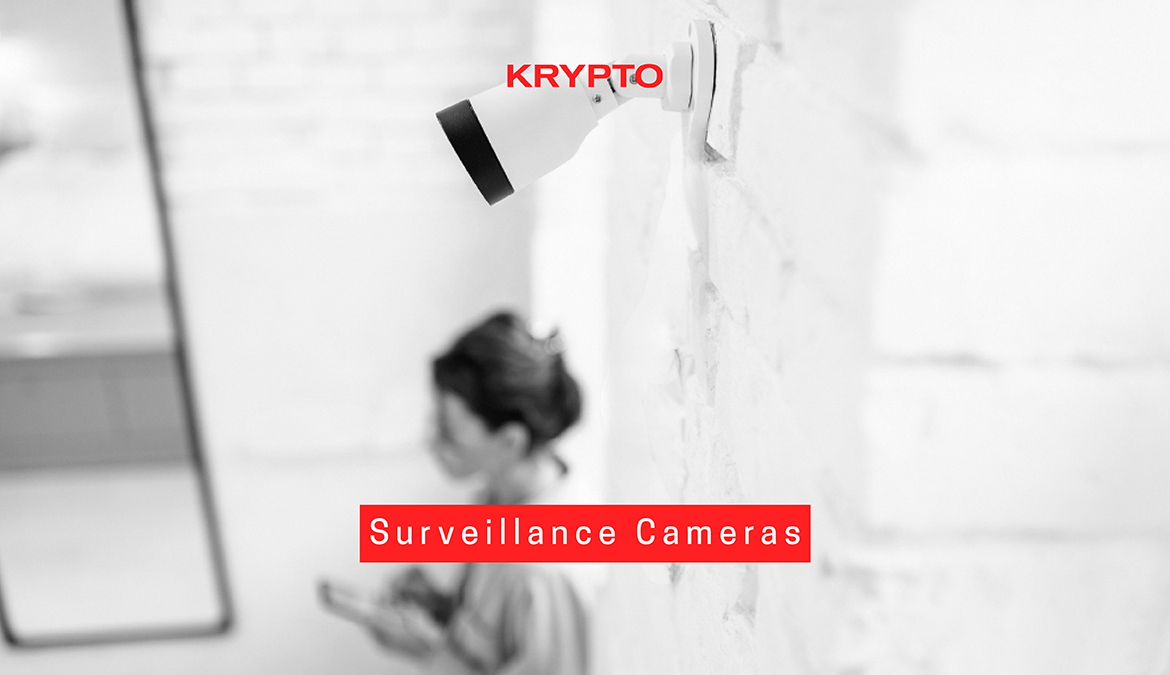The Science Behind Security: How Surveillance Cameras Work

In an increasingly interconnected world, security has become a paramount concern for individuals, businesses, and governments alike. Surveillance cameras play a crucial role in safeguarding our homes, offices, and public spaces.
These unblinking eyes, perched high on walls or discreetly hidden, capture and record every moment, ensuring our safety and providing crucial evidence when needed. But have you ever wondered about the science behind these modern guardians of security? In this blog, we will explore the intricate workings of surveillance cameras and unveil the technology that makes them a vital component of our security infrastructure.
Optics: The Lens and Sensor
The core of any surveillance camera lies in its ability to capture images. This process begins with the camera’s lens and image sensor. Lenses, similar to those in traditional cameras, focus incoming light onto the image sensor. This sensor is typically a Charge-Coupled Device (CCD) or a Complementary Metal-Oxide-Semiconductor (CMOS) chip. When light strikes the sensor, it converts photons into electrical signals.
The lens plays a crucial role in determining the camera’s field of view, focal length, and aperture size. Wider lenses provide a broader perspective, while longer focal lengths allow for zooming in on specific areas. The aperture controls the amount of light entering the camera, affecting image quality in various lighting conditions.
Signal Processing
Once the image sensor captures the light, it’s time for signal processing. The electrical signals generated by the sensor are extremely weak and need amplification. Signal processing circuits inside the camera boost these signals to create a usable image. At this stage, color information may also be processed to produce full-color images.
Encoding and Compression
To efficiently store and transmit surveillance footage, the camera encodes and compresses the image data. Common encoding standards include H.264 and H.265. These standards reduce file sizes while maintaining image quality, allowing for longer storage periods and faster data transmission.
Storage and Transmission
The compressed video footage is then stored in various formats, such as digital video recorders (DVRs), network video recorders (NVRs), or cloud-based storage systems. Additionally, many surveillance cameras support real-time streaming, enabling live monitoring and remote access through the internet.
Power Supply
Surveillance cameras require a stable power source to operate continuously. Depending on their location, cameras may be powered by traditional AC power sources or Power over Ethernet (PoE) technology, which delivers power and data over a single Ethernet cable.
Infrared (IR) Technology
Many surveillance cameras are equipped with infrared LEDs to enable night vision. These LEDs emit light that is invisible to the human eye but is detected by the camera’s sensor. This technology allows cameras to capture clear images in low-light or complete darkness.
Motion Detection and Analytics
Modern surveillance cameras often include intelligent features like motion detection and analytics. Motion detection algorithms can trigger recordings or alerts when movement is detected in the camera’s field of view. Advanced analytics can identify specific objects, track individuals, or even detect anomalies like loitering or abandoned objects.
Integration with Other Security Systems
Surveillance cameras are often integrated into larger security systems. They can work in conjunction with access control systems, alarms, and facial recognition technology to enhance security measures further. This integration allows for a coordinated response to security threats.
Surveillance cameras have evolved significantly over the years, thanks to advancements in optics, image processing, and data storage technologies. These technological marvels play a pivotal role in deterring crime, monitoring public spaces, and ensuring the safety of our homes and businesses. Understanding the science behind surveillance cameras not only helps us appreciate their importance but also enables us to make informed decisions when selecting the right security solutions for our needs. As technology continues to advance, we can expect surveillance cameras to become even more sophisticated, further enhancing our security and peace of mind.




















